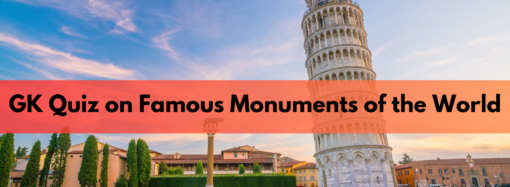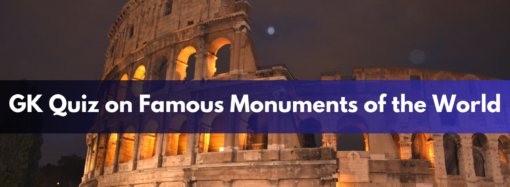1.Cell originally coined by ______ in 1600
a. Robert Hooke
b. Robert Brown
c. Janssen
d. Robert Von Leuwenhoek
2.Cells surrounding guard cells but differing from other epidermal cells are known as ____
a. Subsidiary cells
b. Outer guard cells
c. Dermal cells
d. Vascular cells
3.When xylem and phloem elements are found in the same line the arrangements is called ______
a. Conjoints
b. Collateral
c. Bicollateral
d. Radial
4.The sclereids are commonly found in fruit wall and in seed coat and asterosclereids are _____
a. Round shaped
b. star shaped
c. Helical shaped
d. Spiral shaped
5.Sieve tube member is associated with one or more specialized parenchyma cells called _____ and only seen in _____
a. Guard cells, gymnosperms
b. Stomatal cells, pteridiophytes
c. Sieve cells, ferns
d. Companion cells, angiosperms
6.When Oval shaped vascular bundles scatter throughout the ground tissue, this arrangement of vascular tissue is called _____
a. Atactostele
b. Piliferous
c. Amphicribal
d. Amphivasal
7.Xylem is a water conducting tissue, made up of tracheids, trachea, xylem fibers and _________
a. Xylem sclerenchyma
b. Xylem collenchyma
c. Xylem arenchyma
d. Xylem parenchyma
8.Companion cells are small cells, living, found and pressed to sieve tubes. Cells are rich in cytoplasm and actively metabolic. The function is _______
a. Provide high metabolic activity
b. To provide energy for transportation
c. To provide secondary thickening
d. To provide protection
9.In dicot root, the stomata is on ________
a. Both of epidermal layers
b. On lower epidermis
c. On upper epidermis
d. Remain absent
10.In cortex of trees, generally many phellogens arise, each one producing outer phellem and inner phelloderm. If such a process takes place, whatever tissues lie outer to the inner most phellogen, become suberized and dead. This structure is called bark. Bark Provides ______
a. Insulation
b. Protection
c. Thickening
d. Transportation










